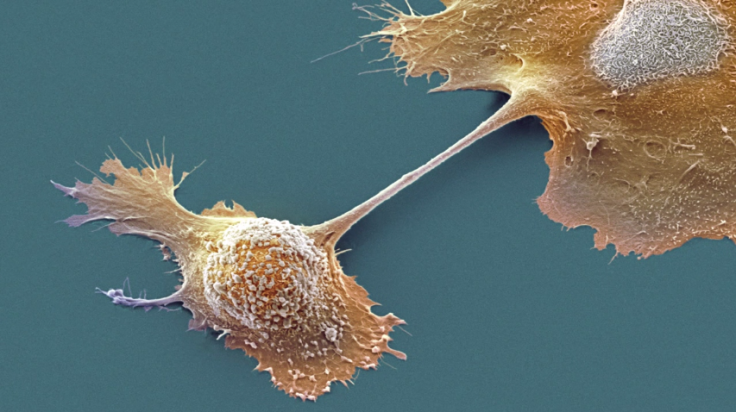Cancer Is A Natural Side Effect Of Mass Cell Replication, So Why Don’t We All Have It?

Cell replication is a dizzying process. Each second, millions upon millions of your body’s cells split in two just to keep your DNA alive. But like the hungover plumber or the groggy anesthesiologist, your body is bound to make a mistake or two.
The worst-case scenario for these mistakes is the big C: cancer. What starts as a simple miscalculation, dividing your DNA unevenly and incorrectly between two cells, eventually turns into a mass reproduction of that error where faulty cells hijack the body’s resources and eventually take over. And if you’re unlucky enough, those cells will detach from their epicenter and spread, making treatment all but impossible.
Based on the sheer number of cells floating inside us, this would imply cancer is possible at all turns. But it’s actually quite rare, so how come? You can thank your body’s response to natural selection.
Like the autocorrect feature on your phone, over time the human body has designed a feedback loop, called “mismatch repair,” to identify out of whack DNA pairings and correct them before they can do any damage. The parental strand of DNA essentially proofreads the daughter DNA and scans it for any errant insertions, deletions, or misplaced bases. If it finds an error, it can stop it or even change it to the correct base. And because there are so many cells, in so many people, the error rate is effectively zero.
Thankfully, with the wonders of modern medicine, which extend our life spans by killing the rare cases of cancer that do arise, that rate drops even further. Humans: 1. Cancer: (almost) 0.



























